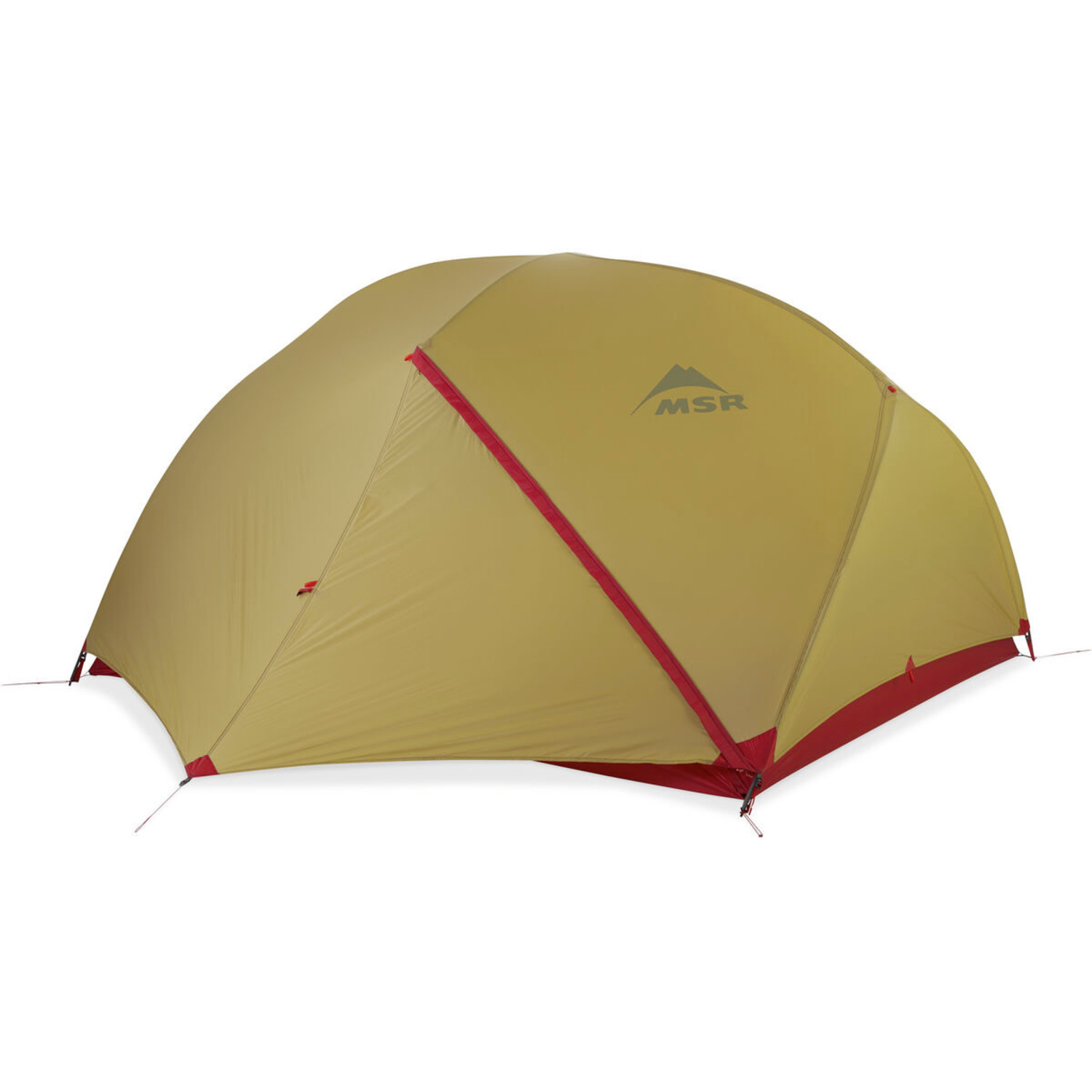What Is an Automated Underwriting System AUS?
A second expedition of 1644 contributed to knowledge of Australia’s northern coast; the Dutch named the new landmass New Holland. Politically, Robert Menzies and the Liberal Party How to buy beam of Australia dominated much of the immediate post war era, defeating the Labor government of Ben Chifley in 1949, in part because of a Labor proposal to nationalise banks381 and following a crippling coal strike led by the Australian Communist Party. Menzies became the country’s longest-serving prime minister and the Liberal party, in coalition with the rural based Country Party, won every federal election until 1972.
Australia’s warm, sunny climate and abundance of open spaces gives the population a love of the outdoors. The people are also passionate about sports, including swimming, surfing, sailing, tennis, soccer, cricket, rugby, and their own invention, Australian rules football. Running around the eastern and southeastern edge of Australia is the Great Dividing Range. This 2,300-mile (3,700-kilometer) stretch of mountain sends water down into Australia’s most important rivers and the Great Artesian Basin, the largest groundwater source in the world.
Population below poverty line
Dutch navigators explored the western and southern coasts in the 17th century and named the continent New Holland. Macassan trepangers visited Australia’s northern coasts from around 1720, and possibly earlier. In 1770, Lieutenant James Cook charted the east coast of Australia and claimed it for Great Britain.
In 1813 Gregory Blaxland, William Lawson and a 17-year-old called William Charles Wentworth crossed the Blue Mountains and found land on the other axi review side which was good for farming. A road was built and the governor, Lachlan Macquarie founded the town of Bathurst on the other side, 160 km (100 miles) from Sydney. Permanently flowing rivers are found only in the eastern and southwestern regions and in Tasmania. The major exception is the Murray River, a stream that rises in the Mount Kosciuszko area in the Eastern Uplands and is fed by melting snows.
Is an Automated Underwriting System Approval A Mortgage Approval?
- The state boasts some of Australia’s most important national institutions, including the National Gallery of Australia, the National Museum of Australia and Parliament House.
- The High Court of Australia, the federal supreme court, consists of a chief justice and six other justices, each of whom is formally appointed by the governor-general.
- A good deal of the central depression and western plateau is indeed desert.
- Integration with LOS databases is more important from an accessibility and ease-of-use standpoint.
- The House of Representatives (the lower house) comprises 150 members, including two each from the Australian Capital Territory and Northern Territory.
The trick is how to manage hundreds and then thousands of rules at the same time and make sure there are no conflicts. The old adage of “garbage in, garbage out” absolutely applies in the case of AUS. An engine that uses five data points for a decision is going to be much less accurate and useful than an engine that uses 500 or 5,000 data points.
Economic overview
He traversed the western coast for 1,000 miles (1699–1700) and reported more fully than any previous explorer, but he did so in terms so critical of the land and its people that another hiatus resulted. One such expedition, from Peru in 1567, commanded by Álvaro de Mendaña, discovered the Solomon Islands. Excited by finding gold, Mendaña hoped that he had found the great southern land and that Spain would colonize there.
The FCT was renamed the Australian Capital Territory (ACT) in 1938. The Northern Territory was transferred from the control of the South Australian government to the Commonwealth in 1911. We acknowledge the Traditional Aboriginal and Torres Strait Islander Owners of the land, sea and waters of the Australian continent, and recognise their custodianship of culture and Country for over 60,000 years. Monuments and museums, glistening lakes and wild wetlands, the Australian Capital Territory (ACT) blends the best of nature and culture. Home to the nation’s capital, Canberra, the ACT is renowned for its cosmopolitan atmosphere and cool, new edge. The state boasts some of Australia’s most important national institutions, including the National Gallery of Australia, the National Museum of Australia and Parliament House.
In 1962, the US established a naval communications station at North West Cape, the first of several built during the next decade.422423 Most significantly, in 1962, Australian Army advisors were sent to help train South Vietnamese forces, in a developing conflict in which the British had no part. MacArthur largely excluded Australian forces from the main push north into the Philippines and Japan. It was left to Australia to lead amphibious assaults against Japanese bases in Borneo.
Automated underwriting systems are reviewing your credit, income, monthly debts, down payment, reserves, and many other factors to determine if you qualify for a home. The USDA uses a system called GUS or Guaranteed Underwriting System. The AUS 1 minute simple and profitable forex scalping strategy pdf is a complex computer program that runs your mortgage application and other factors through a series of algorithms that are constantly changing, to determine if your application meets the criteria set forth to receive a mortgage loan approval.
Anthony van Diemen of the Indies commissioned him to explore southward. In November–December, having made a great circuit of the seas, Tasman sighted the west coast and anchored off the southeast coast of what he called Van Diemen’s Land (Tasmania). He then explored the island of New Zealand before returning to Batavia, on Java.


